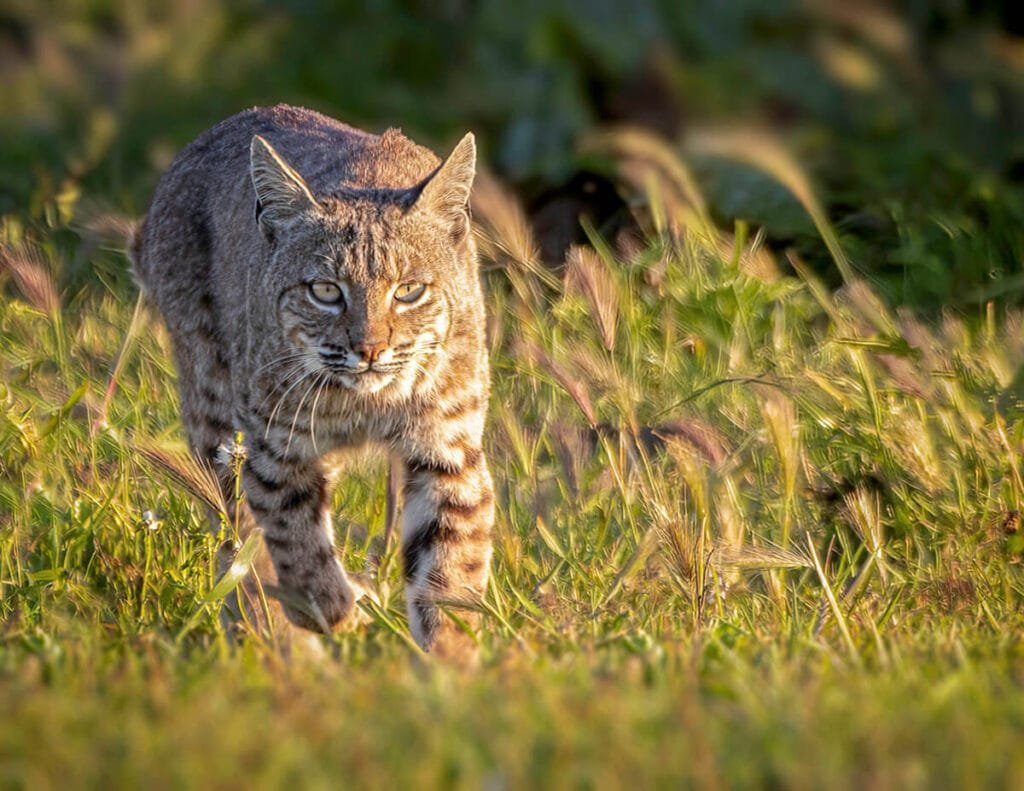During the pandemic, many people rediscovered nature as a welcoming escape from sheltering at home. People hiked local trails, walked around their neighborhoods, or simply sat outside observing nature in their own backyards. For me, it was a time when I dusted off my camera and rediscovered my passion of capturing beautiful images outside. I was excited to reconnect with nature, but wanted to approach my photography a bit differently. I didn’t want to blindly walk around clicking away at everything I saw. I wanted to do it with purpose, understanding, and respect.

I started following photographers that prioritized the well-being of nature over photography and saw how impactful and beautiful their images were. I watched their webinars, consulted with them, and even had the pleasure to participate in photo tours with them. Two of my all-time favorite photographers, Melissa Groo and Daniel Dietrich, were my inspiration and embodied all of the Nature First principles that I continue to follow today.
Something that resonated deeply with me was the notion that if you take the time to learn about your subject, whether it’s the types of plants that attract bees, the migration patterns of birds, or the calls of coyotes, you will have a deeper respect and appreciation of your subject and ability to share that knowledge with others through your images. You are putting Nature First with what I call a learn, then click approach.

I decided a great way to better understand the environment I was photographing was to develop a sense of place and become a certified naturalist learning about the local soils and climate, water resources, plants, invertebrates, birds, mammals, wildlife, and the stewardship of our natural resources. I started to photograph through a different lens so-to-speak. I researched the places I would go while taking careful note of the trails to follow to avoid damaging sensitive habitat. I used field guides to understand the various plant life and species of insects and birds and where I might find them. I also studied the behaviors of certain mammals to understand their body language and signs of when they might be stressed. Ensuring that your subjects are not stressed by your presence is so important and knowing when you should save your click and walk away is putting Nature First.

I also learned that what you do with an image is just as important as how you get it. Meaning, it’s not just applying Nature First principles when you capture the image, but applying those principles when you share that image. How are you representing the subject? A coyote that is stalking prey can make for an intense-looking photo, but it would be misleading to write a caption that says, “scary encounter with a coyote today” when the coyote was simply hunting for a meal. Or even with no caption at all, people can misconstrue what they are looking at. I think this is an important point. So many images are being shared and re-shared through social media and can easily be taken out of context without the right captioning. In addition, it’s important to be careful about sharing locations, especially bird nests or animal dens which could draw more people to that site and unintentionally drive the parents away from their young. Putting Nature First is also looking at the possible impact of your actions when sharing images with the public.

As photographers, there is so much we can do to create beautiful, ethical, impactful images:
- Research the subject you would like to photograph.
- Research the location of your subject and any rules and regulations, and adhere to the Leave No Trace
- Observe your subject before you click by keeping a safe distance, taking note of its surroundings, and body language.
- When sharing your photos, try to provide education about your subject and use appropriate captions.
- Avoid sharing locations of sensitive habitat and wildlife.
- Always follow the Nature First Principles
All of the pictures you see in this article were photographed with a long lens and cropped to give the subject space.
